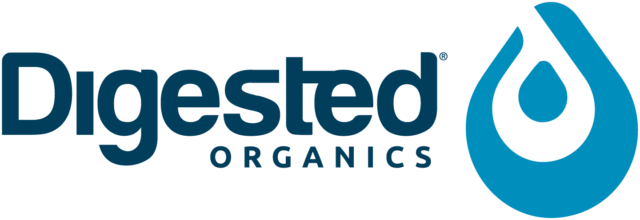To the Progressive Publishing team, it feels like the beginning of a new year. Our staff was hard at work over the summer, finalizing issue dates, establishing deadlines and discussing plans for 2015. We held our annual company meeting at the end of August to analyze the past year and take note of improvement areas.
Now as most of our dairy-focused staff heads off to World Dairy Expo, we’re putting those plans into action. At the show, we’re meeting with clients and looking for new story ideas and topics to cover. After the expo, we’ll be outlining schedules, ensuring that we’re providing you with the best, on-topic information throughout the year.
Many articles in this issue have the same line of thinking. Our content encourages you to put in the work this fall to guarantee you’re set up for a successful 2015.
Click here to see how Michigan Milk Producers Association’s Steve Lehman walks you through the installation, operation and maintenance of milking equipment. To get really in-depth of the specifics in your parlor, click here to read Dr. Thomson’s watch lists and use the provided photos to discover areas to improve.
Paying attention to the little things, like liners, helps mitigate the risk of big things, like mastitis. Thomson says, “… new research indicates blood congestion in the teat wall [that could be caused by overpressure from a liner] has an impact on increased clinical mastitis risk.”
Why take the time now, you ask? Changes are coming to the dairy industry. And they’re coming soon.
The local dairy plant near me issued a statement to producers that they’ll be conforming to European standards of a 400,000 somatic cell count, effective Jan. 1, 2015. While this dairy plant certainly isn’t the first in line to comply, I’m willing to bet it won’t be long before it’s a nationwide mandate.
The National Conference on Interstate Milk Shipments will hold its biennial meeting next April, where the SCC discussion is sure to once again be a contentious one.
As you’ll read in a recap of the National Mastitis Council regional meeting , much of the discussion at that meeting in Ghent, Belgium, focused on reducing antibiotic use. Growing concern about antimicrobial resistance led the Dutch government in 2009 to set a goal of reducing veterinary antimicrobials by 50 percent by 2013.
The country actually achieved a 57 percent reduction, most of that reduction being attributed to selective dry cow treatment rather than the standard blanket approach. Read more about the viewpoints on antimicrobial resistance shared at the NMC meeting.
If you’re in a financial position to be able to do so, now may be your time to take advantage of new technologies, products or systems.
Click here to read how Progressive Dairyman editorial intern Jennifer Janak describes a water filtration system being used for research at Fresno State University. The system relies on worms and their castings (manure) to filter dairy wastewater and features an aerobic process that allows for decreased nitrogen levels.
The company with the filtration system is targeting Central Valley dairy producers because they anticipate even stricter water regulations by 2019.
While neither digesters nor the effort to reduce methane emissions is a new hot topic, a recently released roadmap from the USDA seeks to encourage continued discussion on both.
Click here to read how Northwest Dairy Association’s Jim Werkhoven and Innovation Center for U.S. Dairy CEO Tom Gallagher emphasize that the roadmap helps regulatory agencies see that digesters should be on the same “playing field” as wind and solar systems.
An added benefit that digesters have, Werkhoven says, is that they can also take in waste from the community along with dairy waste. Click here to see an example of a Pennsylvania dairy doing just that with their digester.
Whatever your goals may be for your dairy next year, I hope this magazine continues to be a resource to you. PD

-
Emily Caldwell
- East Coast Editor
- Progressive Dairyman
- Email Caldwell







